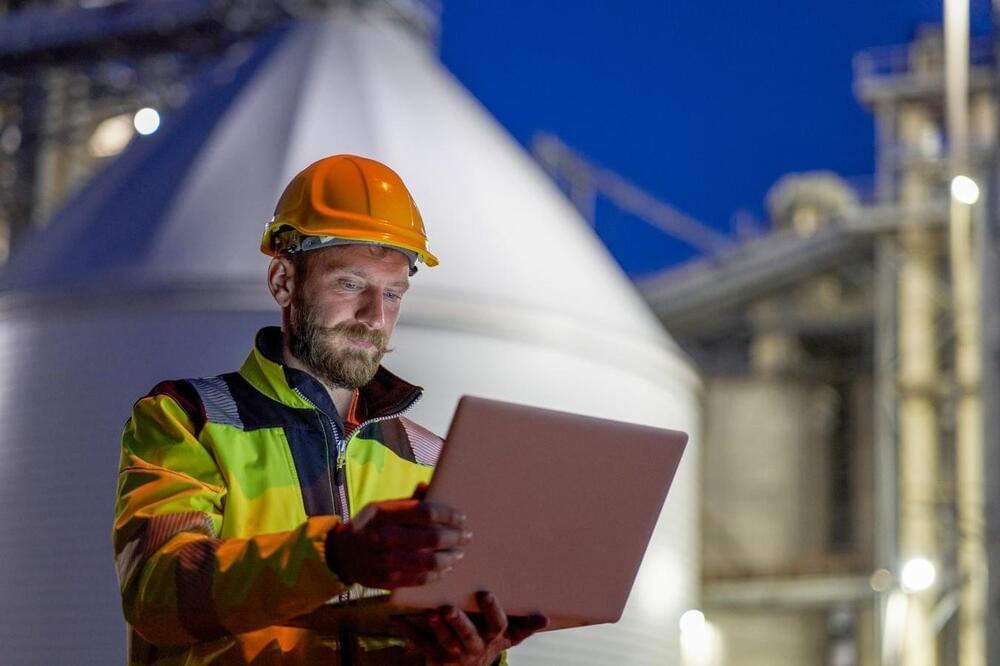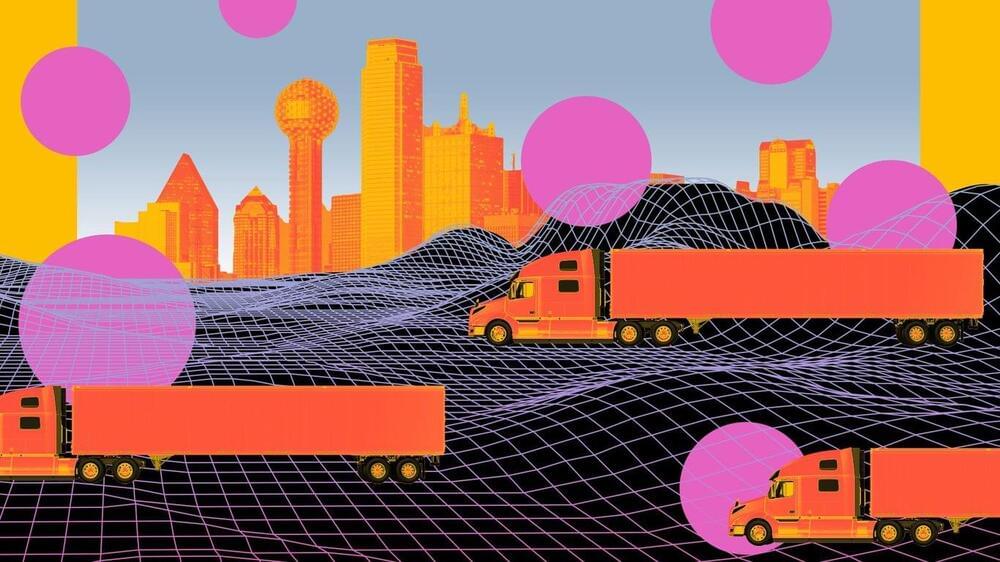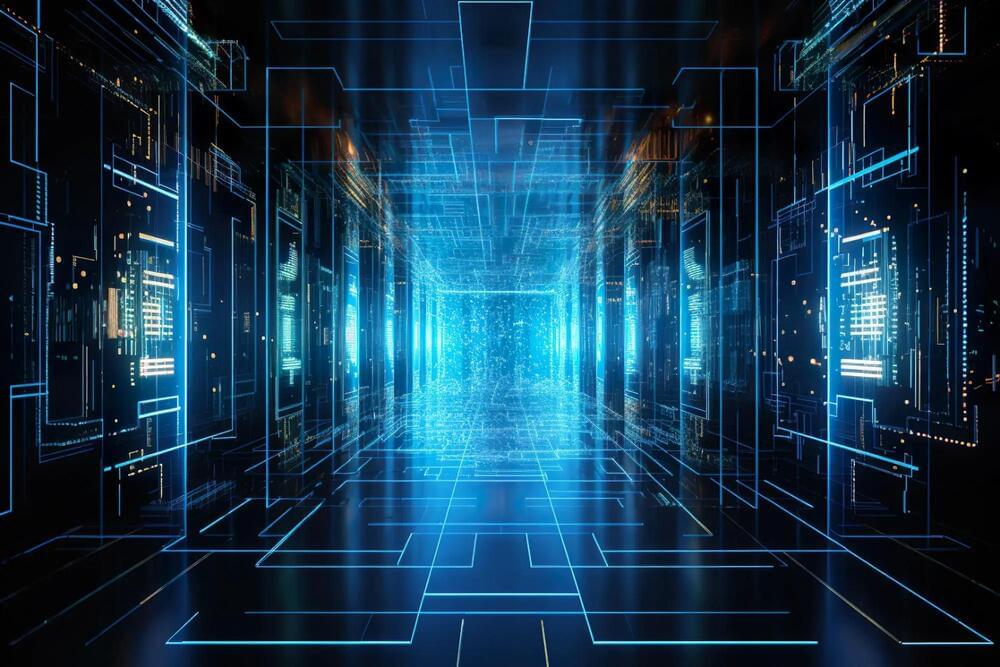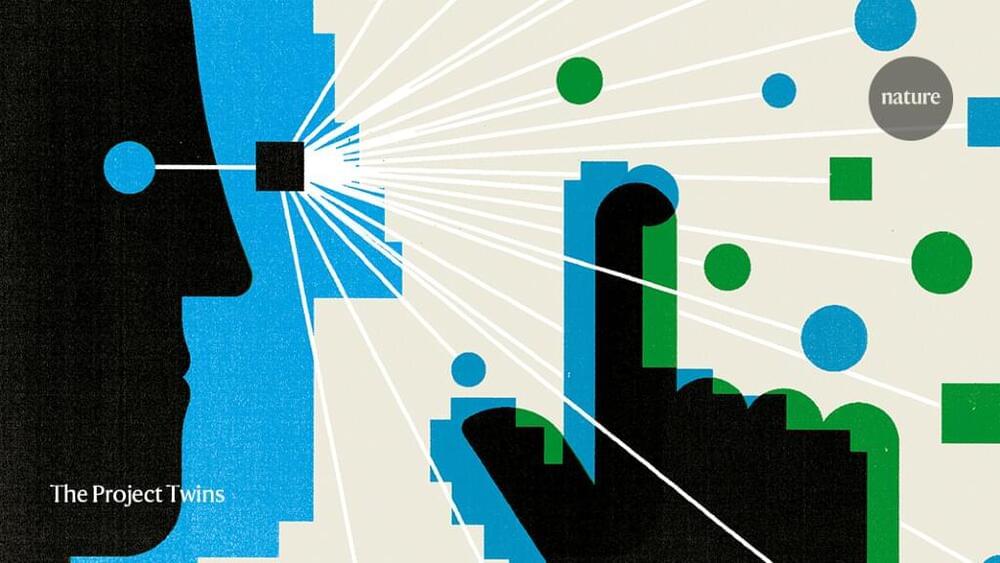Jeff Tao is the founder, CEO and core developer of TDengine.
The emergence of ChatGPT in the public eye has brought new life to the field of artificial intelligence (AI). As AI technology enters all industries, it becomes a part of our work and lives, ushering in a new industrial revolution. While jobs will be lost, new opportunities will be created for those who work with AI.
Traditional industries, such as energy and manufacturing, are even more anxious about the AI-oriented future than those in the IT sector. They want to know how they can use AI technologies to reduce costs and increase efficiency in their industries.







